Reliable Windmill Blade Transport Services for 2025

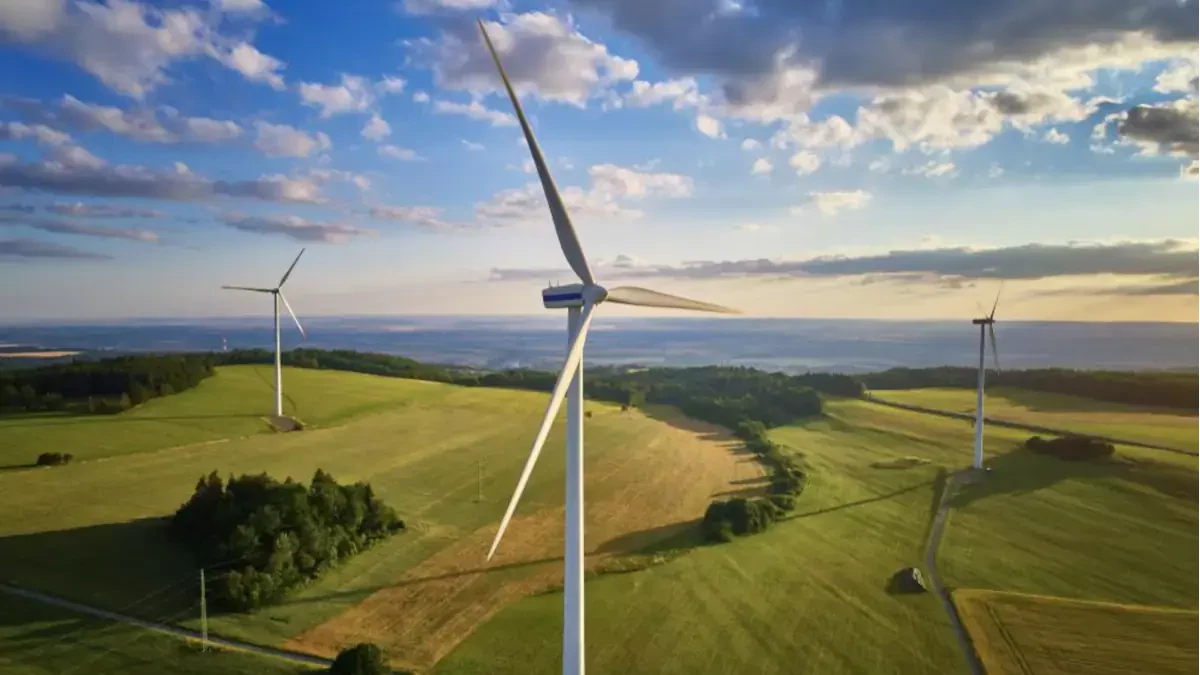
As the renewable energy sector continues to expand, windmill blade transport plays a crucial role in supporting the development of wind power and wind farms. Moving turbine blades from production sites to installation locations requires precision, planning, and expertise to ensure the success of wind energy projects. With advancements in logistics and engineering, transporting wind turbine blades has become more efficient and reliable than ever.
In 2025, the demand for wind energy is set to increase as governments and industries worldwide prioritize sustainable energy plans. This growth highlights the importance of innovative technology and collaboration in overcoming challenges like route planning, environmental impact, and the sheer size of wind blades. Our services are designed to address these needs, ensuring seamless delivery and contributing to the global transition toward cleaner energy sources.
What Is Windmill Blade Transport?
The Importance of Wind Energy and Wind Farms
Wind energy is a cornerstone of the renewable energy industry, offering a sustainable and clean alternative to fossil fuels. Wind farms harness the kinetic energy of the wind using wind generators to produce electricity, significantly reducing greenhouse gas emissions. As the energy industry strives to meet global climate goals, wind power continues to play a vital role in diversifying energy sources and reducing dependency on natural gas.
Integrating wind farms into the power grid requires meticulous planning and coordination. The successful transport of turbine blades is a key factor in enabling the smooth installation of wind turbines at onshore wind sites. Turbine blade shipping ensures that the essential components reach their destinations intact and on time, directly supporting the growth of wind energy across regions such as North America and the United States.
The role of windmill blade transport is further emphasized by the increasing size of wind turbines. Larger blade sizes contribute to greater energy generation, but they also pose significant logistical challenges. With the demand for wind energy continuing to rise, efficient turbine blade shipping is more crucial than ever for the success of wind power projects worldwide.
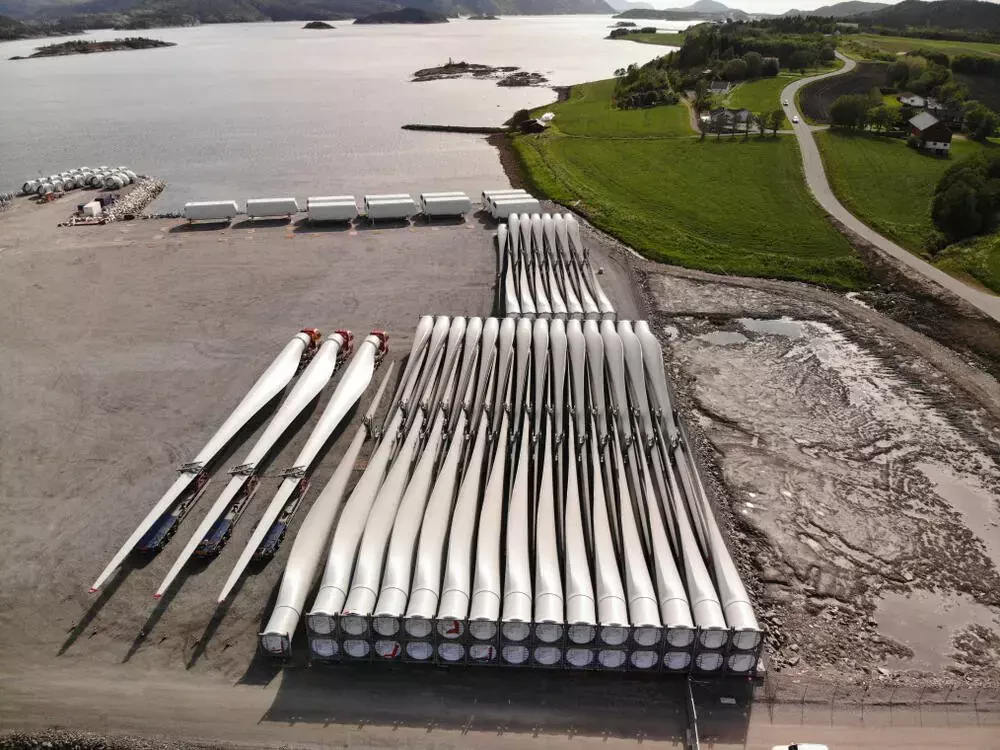
Challenges in Wind Turbine Blade Transport
Transporting wind turbine blades involves unique challenges, primarily due to their large blade sizes and the complexity of road transport permits. Each wind blade can span over 80 meters in length, requiring specialized vehicles and equipment for safe transit. Securing road transport permits is another hurdle, as authorities must ensure that oversized loads comply with local and national regulations.
Another key challenge is addressing wear and tear during long-distance shipping. Turbine blades are engineered for durability, but transporting them over rough terrains or through adverse weather conditions can lead to damage. Minimizing wear and tear is critical to maintaining the efficiency and lifespan of the wind turbine blade once installed.
In addition to these logistical concerns, minimizing the environmental impact of wind turbine transport is a priority. Large shipments often disrupt traffic patterns, especially in densely populated areas. Route planners and escort services play a pivotal role in managing these disruptions while ensuring public safety. Careful planning and adherence to environmental guidelines help mitigate the impact of turbine blade shipping on local ecosystems and communities.
Efficient Route Planning for Windmill Blades
How Route Surveys Ensure Safe Transport
Route surveys are a fundamental aspect of windmill blade transport, ensuring that each journey is carefully planned to avoid obstacles and delays. These surveys involve identifying optimal paths that accommodate the oversized dimensions of turbine blades, particularly for onshore wind projects in remote or challenging locations. Route planners assess potential risks, such as low bridges, sharp turns, or narrow roads, to determine the safest and most efficient routes.
Advanced technology plays a significant role in route planning. Route planners utilize software and mapping tools to evaluate traffic patterns, road conditions, and other factors that could affect transport. By analyzing this data, they can develop detailed plans that minimize disruptions and ensure compliance with local regulations. Escort services are often employed to facilitate smooth transit, providing guidance and assistance during transport operations.
Compliance with regulations is critical for avoiding fines and delays. Road transport permits are required for oversized loads, and route surveys ensure that these permits are obtained in advance. By adhering to legal requirements and coordinating with local authorities, transport teams can navigate complex routes while maintaining safety and efficiency.
Overcoming Engineering Challenges in Rural Areas
Delivering wind turbine blades to rural areas presents unique engineering challenges, particularly when infrastructure is limited. Remote wind farms are often located in regions with unpaved roads, steep gradients, or other obstacles that complicate transport. Specialized vehicles and equipment are necessary to navigate these conditions without causing damage to the wind blades or the surrounding environment.
Horizontal axis wind turbines, the most common type used in wind farms, require precise positioning and alignment during installation. Ensuring the safe delivery of turbine blades to these sites involves overcoming logistical hurdles while maintaining the structural integrity of the components. Innovative solutions, such as modular trailers and hydraulic systems, are often employed to address these challenges.
The collaboration between engineering teams, route planners, and local authorities is essential for successful transport operations in rural areas. By leveraging expertise and resources, transport providers can ensure that wind turbine blades are delivered safely and efficiently, supporting the continued growth of wind power in remote locations.
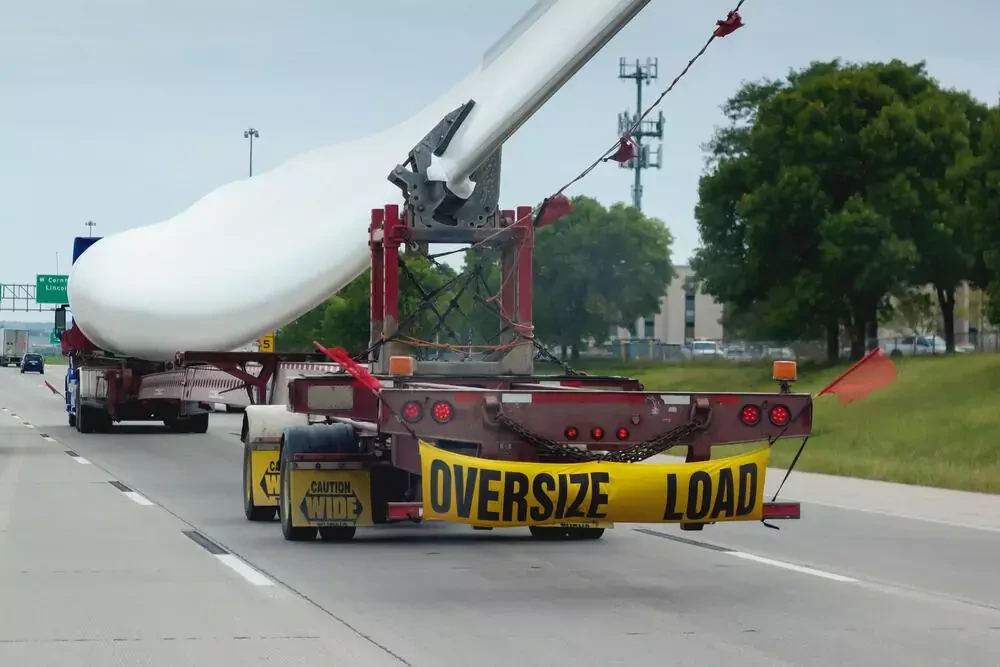
Innovative Technology in Wind Turbine Transport
Advancements in Kinetic Energy Systems
Innovative technology is transforming the way wind turbine blades are transported, with advancements in kinetic energy systems leading the charge. These systems optimize the energy efficiency of transport vehicles, reducing fuel consumption and emissions during transit. By incorporating energy-saving technologies, transport providers can minimize the environmental impact of wind turbine blade shipping while lowering operational costs.
The global wind energy council has highlighted the importance of adopting new technology to support the growing demand for wind energy. Industry experts are continually exploring ways to improve transport methods, from developing lighter and stronger materials for wind blades to designing specialized vehicles that enhance maneuverability. These innovations are helping to overcome the engineering challenges associated with transporting oversized loads.
Another area of focus is the use of data analytics and real-time monitoring systems. These tools provide valuable insights into transport operations, enabling teams to identify potential issues and make adjustments as needed. By leveraging technology, transport providers can ensure that wind turbine blades reach their destinations safely and on schedule.
Case Study: Puerto Rico’s Wind Blade Solutions
Puerto Rico serves as a compelling case study for overcoming the unique challenges of wind turbine blade transport. The island’s geography and infrastructure present significant logistical hurdles, including narrow roads, steep inclines, and limited access to remote areas. However, through collaboration with industry experts and the use of innovative technology, Puerto Rico has successfully implemented solutions for wind blade transport.
One key strategy has been the use of modular trailers and hydraulic systems to navigate difficult terrain. These tools allow for greater flexibility and control during transport, ensuring that turbine blades are delivered safely and efficiently. Additionally, local authorities and transport teams have worked together to address environmental concerns, minimizing the impact of transport operations on the island’s ecosystems.
This case study highlights the importance of tailored solutions and collaboration in overcoming the challenges of wind turbine blade transport. By drawing on the expertise of industry professionals and leveraging advanced technology, Puerto Rico has demonstrated how even the most complex transport operations can be successfully executed.
Collaboration Across the Energy Sector
Role of Production Tax Credits and Natural Gas
Production tax credits have been a driving force behind the growth of wind energy, offering financial incentives for renewable energy projects. These credits lower the costs associated with wind power generation, making it a more attractive option for developers and investors. By reducing the economic barriers to entry, production tax credits have spurred the development of wind farms across North America and beyond.
Collaboration between the wind energy sector and the natural gas industry is also playing a crucial role in energy transition. While natural gas remains a key component of the energy mix, its integration with renewable sources like wind power is enabling a more balanced and flexible power grid. This synergy ensures a reliable energy supply while supporting the shift toward cleaner, more sustainable energy plans for the future.
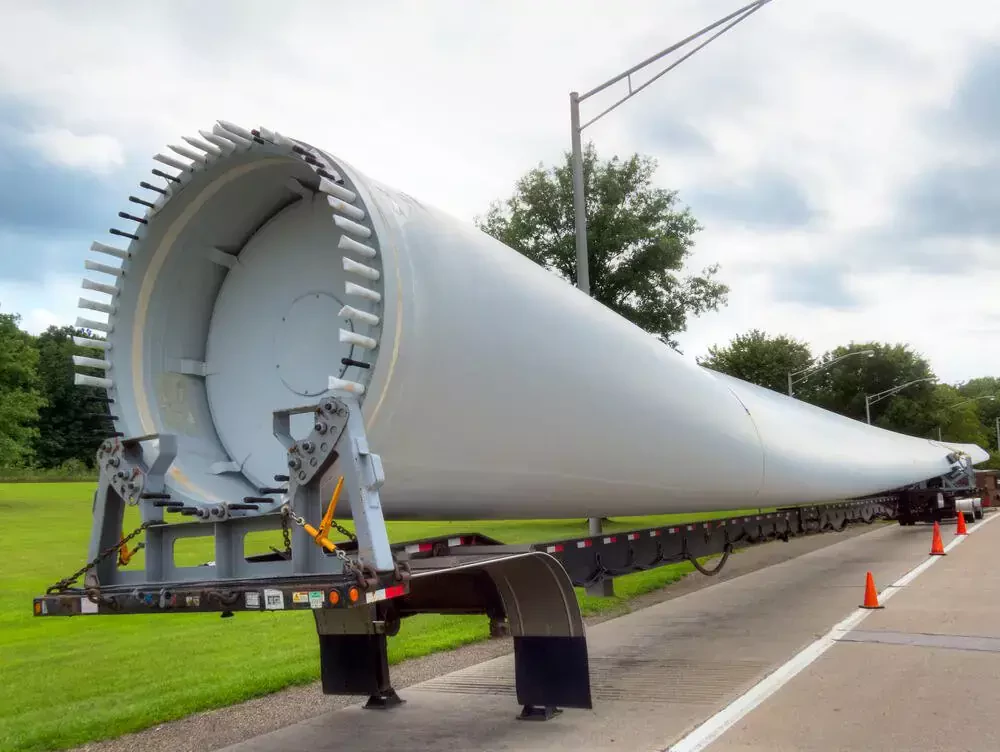
Energy Plans for a Sustainable Future
Developing pilot plants for wind energy storage is a critical step in ensuring the sustainability of renewable energy. These facilities are designed to store excess energy generated by wind turbines, making it available during periods of low wind activity. By incorporating energy storage solutions, the energy industry can address the intermittent nature of wind power and provide a steady supply of electricity to the grid.
Energy management strategies are also evolving to meet the demands of a greener future. In North America, industry experts are focusing on improving grid infrastructure and integrating innovative technology to optimize energy distribution. These efforts aim to create a more efficient and resilient power grid that can accommodate the growing contribution of wind energy to the energy mix.
The commitment to sustainable energy plans extends beyond storage and distribution. Investments in research and development are paving the way for new advancements in wind turbine technology, transport methods, and installation techniques. By prioritizing innovation and collaboration, the energy industry is laying the foundation for a cleaner and more sustainable future.
Resources for Windmill Blade Transport
External Websites and Getty Images for Insights
Accessing external websites can provide valuable resources for understanding the complexities of windmill blade transport. These platforms offer insights into best practices, case studies, and the latest advancements in transport technology. For example, sites dedicated to renewable energy and logistics often feature detailed guides on route planning, environmental impact assessments, and compliance with road transport permits.
Getty Images is another useful resource, offering visual case studies that highlight the challenges and solutions associated with turbine blade shipping. High-quality images and videos can provide a clearer understanding of how wind blades are transported, showcasing the innovative technology and engineering expertise involved. By leveraging these visual resources, stakeholders can gain a deeper appreciation for the intricacies of windmill blade transport.
Partnering with the Energy Industry
Partnering with industry experts is essential for achieving success in windmill blade transport. These professionals bring a wealth of knowledge and experience to the table, offering tailored solutions that address the unique challenges of each project. From route surveys to engineering innovations, their expertise ensures that turbine blades are delivered safely and efficiently.
Comprehensive energy plans that incorporate transport logistics, installation, and maintenance are critical for the long-term success of wind energy projects. By working closely with the energy industry, transport providers can align their services with broader sustainability goals. This collaboration not only supports the growth of wind power but also contributes to the development of a more resilient and sustainable energy sector.
Contact Us for Professional Windmill Blade Transport
Our team specializes in providing customized solutions for turbine blade shipping, addressing the unique challenges of each project. From efficient route planning to the use of innovative technology, we are committed to ensuring the safe and timely delivery of wind turbine blades. Trust our expertise to support the success of your wind energy initiatives.
Reach out to us today for reliable windmill blade transport services backed by industry experts. Together, we can help drive the transition to cleaner energy sources while overcoming the logistical and engineering challenges of the renewable energy industry.
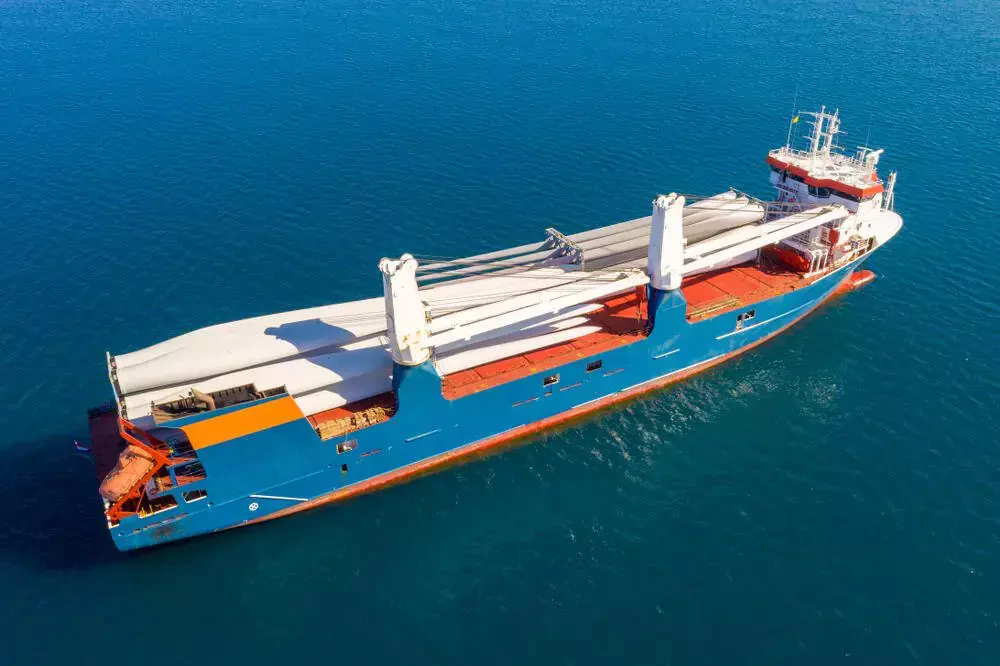


 Share on Facebook
Share on Facebook Share on LinkedIn
Share on LinkedIn Share on Twitter
Share on Twitter Google
Google  Instagram
Instagram 



